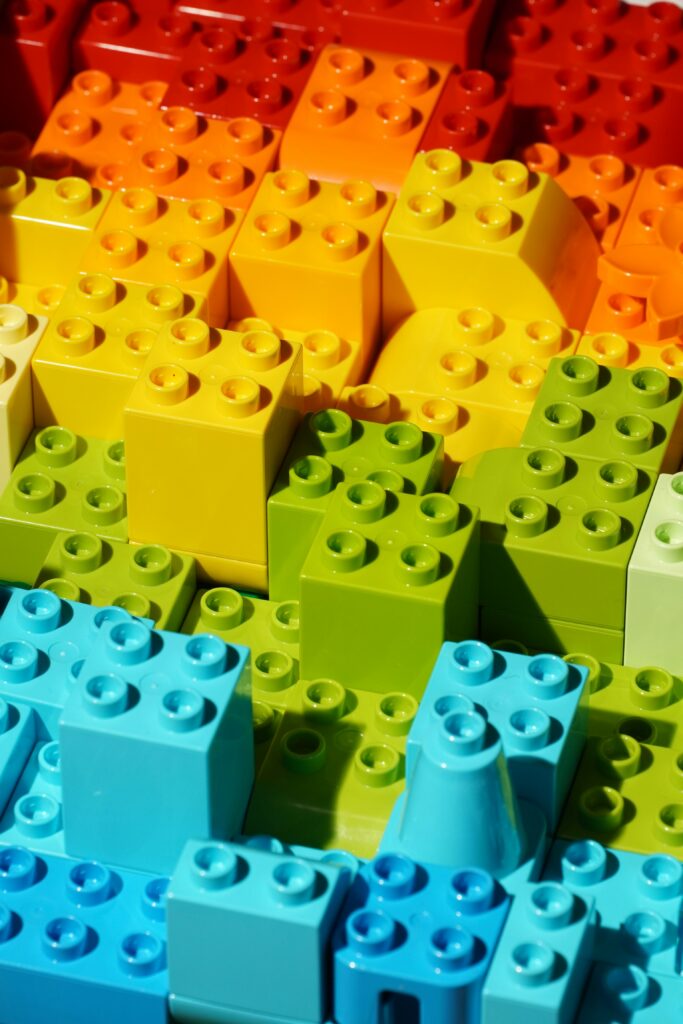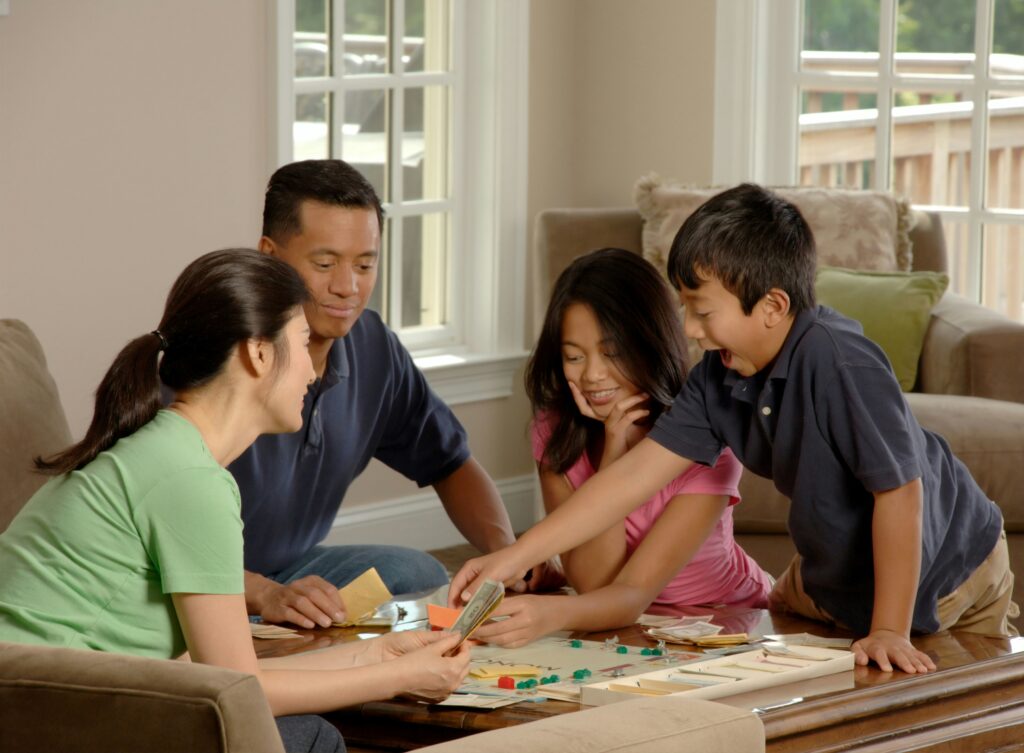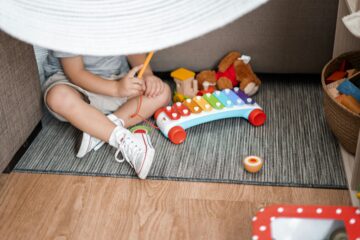There are various ways to categorize toys and broadly they are done so by age, type and purpose. Parents are constantly researching categories individually and combining them to give their children the perfect toy or toys to play. They want these toys to be not just tools for entertainment but also tools that enhance all kinds of development skills.
What Are Open-Ended Toys?

Open-ended toys are versatile playthings without a predetermined outcome or specific goal. They come with no instructions or manuals, allowing children to use their creativity and imagination freely. Some examples include building blocks, magnetic tiles, pretend play toys and art supplies. These toys encourage exploration and creativity, offering endless possibilities for play.
Examples of Open-Ended Toys

- Blocks: Encourage creativity and spatial awareness.
- Magnetic Tiles: Develop engineering and design skills.
- Pretend Play Toys: Foster imagination and social skills.
- Art Supplies: Enhance fine motor skills and creative expression.
What Are Structured or Close-ended Toys?

In contrast, structured toys are designed with a specific purpose and outcome in mind. They usually come with instructions on how to play with them, directing the child towards a particular goal. Examples include puzzles, board games, shape-sorting toys, mazes, and colouring books. These toys focus on developing particular skills and providing a clear direction in play.
Examples of Structured Toys

- Board Games: Teach strategic thinking and teamwork.
- Puzzles: Improve problem-solving and spatial awareness.
- Shape Sorting Toys: Develop pattern recognition and fine motor skills.
- Mazes: Enhance cognitive mapping and problem-solving skills.
- Colouring Books: Improve focus and fine motor skills.
Positive Impacts
| Open-Ended Toys | Structured Toys |
| Developing Social-Emotional Intelligence Open-ended toys foster social-emotional intelligence by encouraging children to express their thoughts and emotions freely. When playing with dolls or engaging in pretend play, children learn to understand and empathize with different perspectives and scenarios, which is crucial for developing empathy and social skills. | Enhancing Skill Development Structured toys are excellent for enhancing a wide range of skills. For instance, puzzles and board games can improve fine motor skills, spatial awareness, and logical thinking. Shape-sorting toys and mazes help with recognizing patterns and developing hand-eye coordination. |
| Elevating Independent and Creative Thinking These toys stimulate independent and creative thinking. Since there are no set rules, children can invent their own games and scenarios, enhancing their ability to think outside the box and come up with innovative solutions to problems. | Instilling Problem-Solving and Strategic Skills These toys are particularly effective at instilling problem-solving skills. As children work through puzzles or strategize to win a board game, they learn to plan, execute, and adapt their strategies, which is invaluable for cognitive development. Structured toys often require children to think strategically. Whether it’s deciding the best move in a board game or figuring out how to solve a complex puzzle, children learn to analyze situations, anticipate outcomes, and make informed decisions. |
| Learning Through Play Learning through play is a natural process with open-ended toys. Children experiment, explore, and discover new concepts on their own, which promotes a love for learning and a deeper understanding of the world around them. | Providing Clear Direction of Play The clear direction provided by structured toys can be beneficial, especially for neurodiverse children who may thrive on routine and predictability. The specific goals and rules give them a sense of structure and achievement, boosting their confidence and engagement. |
| Inclusive Nature Open-ended toys are inherently inclusive. They can be adapted to suit the needs and abilities of neurodiverse children, allowing them to play and learn at their own pace and in their own way, thus fostering an inclusive environment where every child can thrive. | Improving Memory Memory improvement is another significant benefit of structured toys. Repeatedly engaging with the same toy or game can help reinforce memory skills and enhance cognitive function. |
Combining Open-Ended and Structured Toys
When comparing open-ended vs. structured toys, it’s extremely vital to recognize that both these types offer significant benefits which are known to complement each other and can be a particularly positive effective balanced approach for neurodiverse children.
Enhancing Creativity and Problem-Solving
Open-ended toys embrace creativity and self-expression, while structured toys provide clear goals and enhance problem-solving skills. By integrating both types into your child’s playtime, you can help them enhance and develop a well-rounded skill set that includes both creative and analytical thinking.
Encouraging Teamwork and Independent Play
Structured toys often require cooperation and teamwork, which can help children learn to work with others and build social skills. On the other hand, open-ended toys can encourage independent play and self-reliance, allowing children to explore and learn at their own pace.
Catering to Diverse Needs
For neurodiverse children, combining these toys can cater to their diverse needs and preferences. Some days they may prefer the predictability and clear rules of structured toys, while on other days, they might enjoy the freedom and creativity offered by open-ended toys.
Both open-ended and structured toys play a crucial role in the development of neurodiverse children. By understanding their unique benefits and learning how to integrate them effectively, you can create a rich and supportive play environment that nurtures your child’s growth in all areas. Remember, the goal is to provide a balanced mix that encourages both creativity and structured learning, allowing your child to thrive in a holistic manner.
For more insights, you can explore further readings on this topic:
By leveraging the strengths of both open-ended and structured toys, you can foster a dynamic and enriching playtime experience for your neurodiverse child.



0 Comments